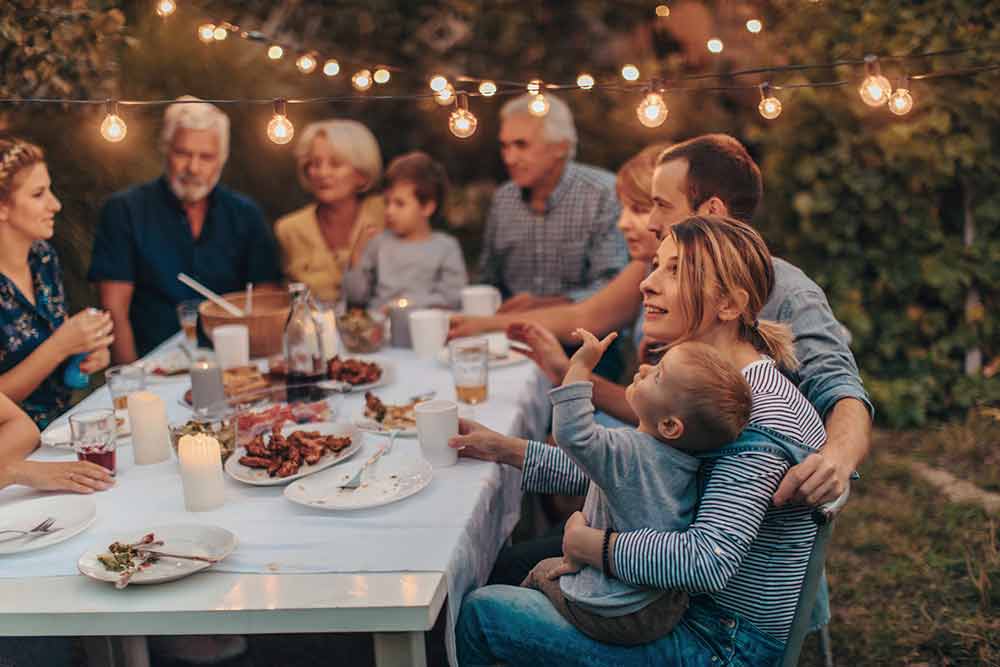3 Tips for How to Savor a First Thanksgiving Without Alcohol
If this Thanksgiving will be a first without alcohol for you, you may be thinking that your main concern is making it through the day without a drink. (And, to be sure, if the only two options were white-knuckled sobriety or alcohol relapse, I’d be rooting for the first.) But there’s actually a far more attractive option: you can savor your first Thanksgiving sober. To discover how read on.
What It Means to Savor Thanksgiving
What does it mean to savor Thanksgiving? When you savor something, you’re showing up for it, taking it in, enjoying the richness and texture and core of what it’s all about, right? So when you savor Thanksgiving, you’re embodying the essential spirit of the holiday. You’re experiencing the core meaning of sharing and giving thanks. And that experience is far deeper and more rewarding than the momentary pleasure of numbing out with drink upon drink.
In fact, what excess alcohol does to your brain and body is the exact opposite of “savoring.” The act of savoring something invites you to be more present and more connected to what’s right in front of you. Alcohol, in contrast, is actually an invitation to detach and tune out. Despite what your cravings might tell you (that with a drink you’ll be able to socialize better, make friends more easily, etc.), drinking only diminishes a capacity to be fully present for this moment that never will be here again.
3 Tips for Savoring This Thanksgiving
On that note, here are three simple tips for savoring this Thanksgiving:
- Volunteer. Research supports the claim that volunteering makes you happier. For example, a 2010 survey found that Americans who volunteer are less stressed and have better physical and emotional health; and a study of recovering drinkers in AA found that those who volunteered achieved better rates of long-term recovery. Volunteering also honors the original spirit of Thanksgiving. The Pilgrims and Native Americans who celebrated that first Thanksgiving had survived great hardship. They may not have had much to share in the way of food. (The first Thanksgiving feast was probably pretty simple.) But they “volunteered” what they had anyway, sharing what they could give with others— and the result was the joy and celebration of being part of a feast that was much bigger than any they could throw on their own. What can you give this Thanksgiving?
- Make a list of all of the things you’re grateful for and that you often take for granted. The field of psychotherapy known as “positive psychology” has drawn attention to the many mental health benefits of gratitude. The world of medicine, too, has been making similar discoveries about how gratitude is good for one’s physical health. But aside from the scientific evidence that counting life’s blessings will make you happier on Thanksgiving, nothing could be closer to the heart of a Thanksgiving celebration than this simple exercise of consciously giving thanks.
- Write a note of thanks to a friend or family member and hand deliver it. This will require a little courage: in addition to the extra time and effort, the act of hand delivering a “thank you” will take some vulnerability. But the results will be rewarding—as much for you as for the person who gets your note. Once again, too, you’ll be celebrating the true spirit of Thanksgiving, as a holiday devoted to friends, family (community!) and the exchange of thanksgivings.
For more tips on how to celebrate the holidays without drugs and alcohol, check out our Learning Center articles:


